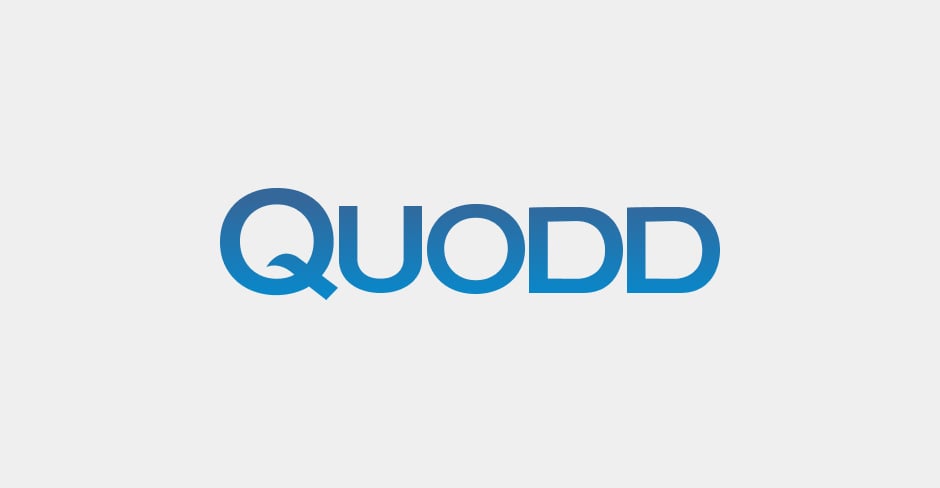05.02.2024
|Market Data
|3 Min Read
SOFR, ESTR, SONIA, AONIA, CORRA, SORA: The LIBOR Replacements Are Lining Up
Unless you have been living under a rock these past few years, you probably know about the LIBOR Cessation–and new reference rates lining up to replace the beloved but tainted and now mistrusted London rate.
In the US, effective January 2022, Libor was no longer used to issue new loans. The key benchmark rate was replaced by the Secured Overnight Financing Rate (SOFR), which many experts consider a more accurate and secure pricing benchmark. Furthermore, June 2023 marks the last publication of LIBOR USD Tenors. However, the transition away from LIBOR does not come without turbulence. LIBOR had been so established in loans that the industry had become very dependent on the rate. Synthetic LIBORs have allowed lenders to delay the full transition into 2023 and work on moving away from legacy contracts still based on LIBOR.
The industry has been scrambling to adopt new rates such as the Overnight SOFR and Term SOFR.
We have supported SOFR for quite some time and it has been rapidly adopted by our clients.
However, SOFR also comes with its own limitations. Lenders must also look to a variety of alternative reference rates based in different currencies. Within interbank loans, Overnight Index Swaps have taken center stage in place of the old Interest Rate Swaps.
We have added several new OIS (Overnight Indexed Swap) rates based on Risk Free Free Reference Rates in our XigniteMoneyMarkets service. So far we have added OIS rates based on:
- SOFR (Secured Overnight Financing Rate Data)
- ESTR (Euro Short-Term Rate)
- SONIA (Sterling Overnight Index Average)
- AONIA (AUD Overnight Index Average.)
- CORRA (Canadian Overnight Repo Rate Average)
- SORA (Singapore Overnight Rate Average)
- SARON (Swiss Average Rate Overnight)
- TONAR (Tokyo Overnight Average Rate )
You can access these new OIS rates from the following endpoints by appending &FloatingReferenceRate=(insert FloatingReferenceRate) to the end of the URL and selecting OIS as the SwapType. Note that you can only access those rates via REST (SOAP is not supported).
Please use ListSwapRates for a list of valid inputs. Without this optional parameter, the API returns the default swap rate, primarily based on LIBOR rates.
The following APIs are affected:
- GetSwapRateExtended
- GetSwapRateFamilyExtended
- GetHistoricalSwapRateExtended
- GetHistoricalSwapRateExtendedRange
About QUODD
QUODD is a leading global provider of market data on demand.
Servicing nearly 2,000 institutions across the financial services industry, we offer our clients access to over 250 billion datapoints across global equities, fixed income, indices, options, futures and end-of-day pricing from more than 150 international exchanges, via one of our two key product sets: (1) QX Digital Platform and (2) QX Marketplace.
Powered by our proprietary technology and cloud-based infrastructure, we enable customers to source tailor-made data products in formats of their choice, anytime, anywhere. Together with our flexible pricing model, transparent billing process, and world-class support team, QUODD is putting control back in the hands of data consumers across the end-to-end fulfillment journey.
BackOther Question Frequently Asked

05.31.2024
|Products
|FAQs
|1
Are the treasury rate figures published in QUODD Money Markets and Rates yields or discount rates?
The figures provided for Treasury Rates of all maturities are yields

05.30.2024
|FAQ
|3
Where does the QUODD FX rates data come from?
The Global Currencies API provides spot exchange rates. QUODD integrates FX rate data from multiple leading data providers including ...

05.31.2024
|FAQs
|Troubleshooting
|3
What is the cause of an HTTP 403 Error?
A 403 Error indicates that we have blocked access to our computers from your computer.